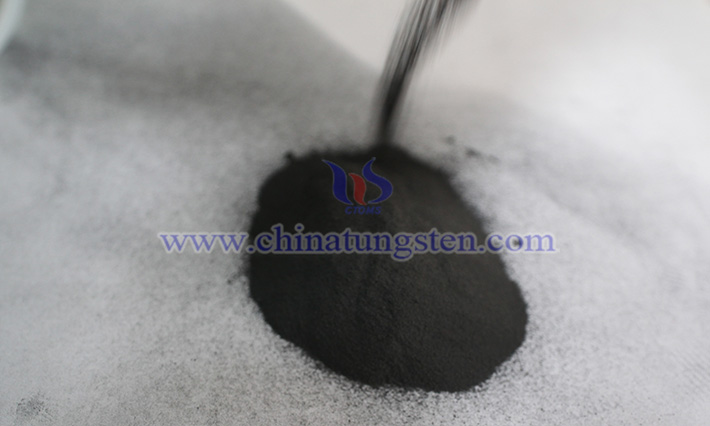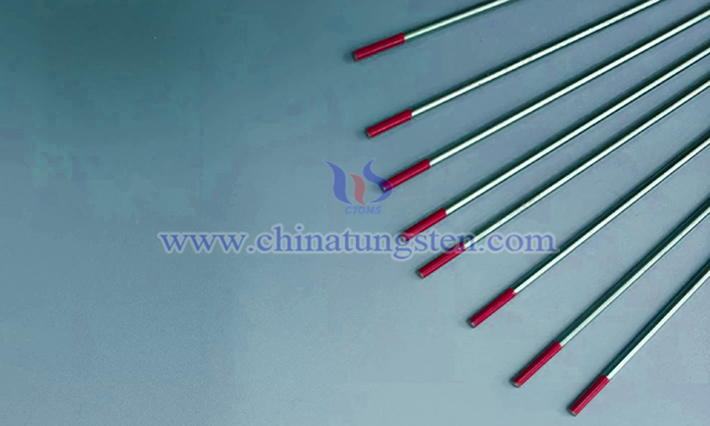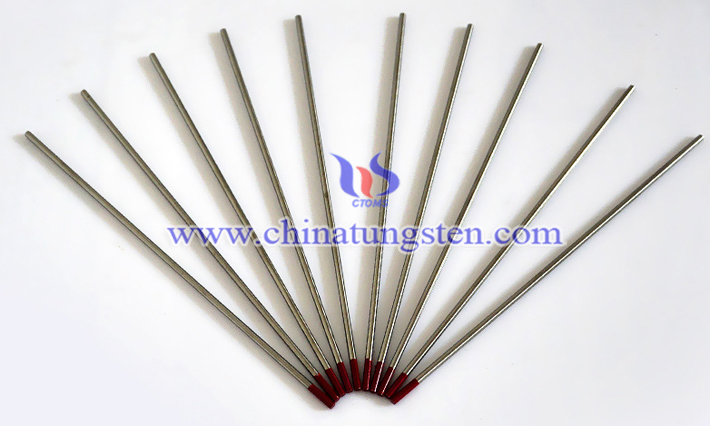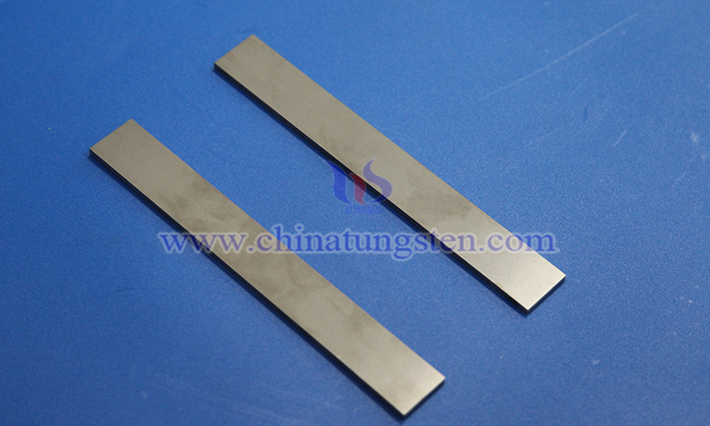Why Tungsten Carbide Powder is an Ideal Tool Material?
- Details
- Category: Tungsten Information
- Published on Thursday, 04 September 2025 19:13
- Written by Xiaoting
- Hits: 137

Tungsten carbide (WC) is a compound composed of the refractory metal tungsten and non-metal carbon, characterized by high density, high melting point, high strength, exceptional hardness, high-temperature resistance, corrosion resistance, wear resistance, and good electrical and thermal conductivity. These properties make it an ideal tool material.
Read more: Why Tungsten Carbide Powder is an Ideal Tool Material?
Thorium-Tungsten Electrode
- Details
- Category: Tungsten Information
- Published on Wednesday, 03 September 2025 14:32
- Written by Xiaoting
- Hits: 143

Like cerium-tungsten, lanthanum-tungsten, zirconium-tungsten, and yttrium-tungsten electrodes, the thorium-tungsten electrode is a product made by doping metal tungsten with the corresponding oxide. Though it was the earliest used and remains the best-performing tungsten electrode for welding to date, its strong radioactivity has led to its gradual replacement by rare earth tungsten electrodes. Below is an introduction to the basic information about thorium-tungsten electrodes.
Tungsten-Rhenium Alloy
- Details
- Category: Tungsten Information
- Published on Wednesday, 03 September 2025 14:23
- Written by Xiaoting
- Hits: 128

Like tungsten-copper, tungsten-molybdenum, and tungsten-nickel-iron alloys, tungsten-rhenium alloy (W-Re) is a type of high-density tungsten-based alloy that combines the excellent properties of both metal tungsten and metal rhenium. It is widely used in aerospace, aviation, maritime, military, and defense fields. Below is the basic information about this alloy:
Differences Between Thorium-Tungsten and Cerium-Tungsten Electrodes
- Details
- Category: Tungsten Information
- Published on Wednesday, 03 September 2025 14:27
- Written by Xiaoting
- Hits: 131

Although both thorium-tungsten and cerium-tungsten electrodes are primarily made from metal tungsten and cerium-tungsten can often substitute for thorium-tungsten, differences in their dopants lead to variations in appearance, performance, production processes, and applications.
Read more: Differences Between Thorium-Tungsten and Cerium-Tungsten Electrodes
Steel-Bonded Hard Alloy
- Details
- Category: Tungsten Information
- Published on Wednesday, 03 September 2025 14:20
- Written by Xiaoting
- Hits: 134

As a type of hard alloy, steel-bonded hard alloy combines the excellent properties of hard compounds and steel, primarily used in the manufacturing of wear-resistant parts and machine components. Below is an introduction to the basic information about this alloy material.





 sales@chinatungsten.com
sales@chinatungsten.com